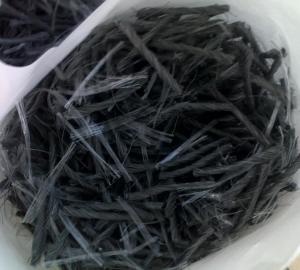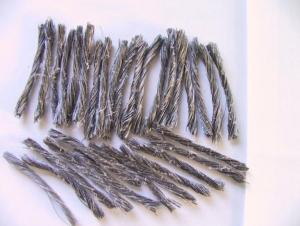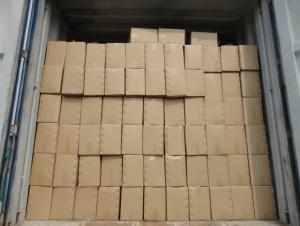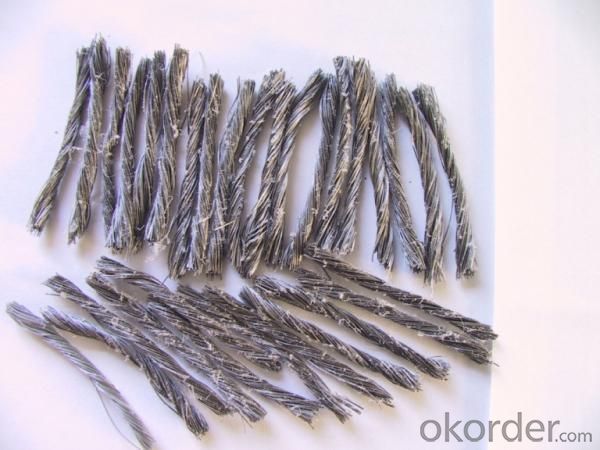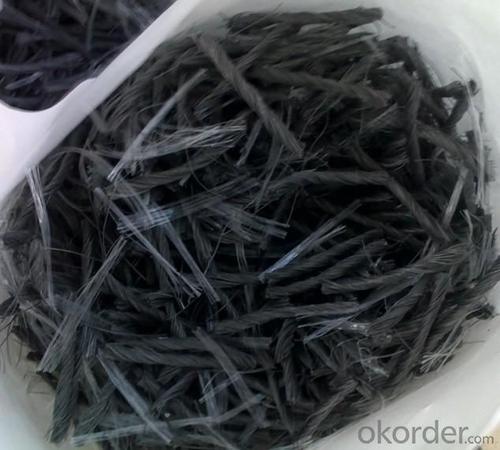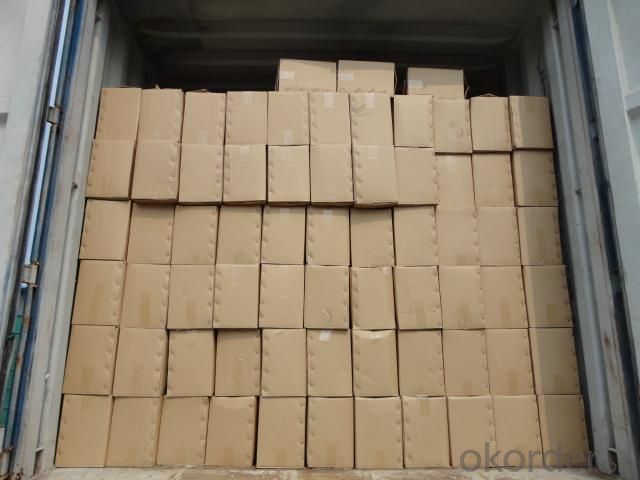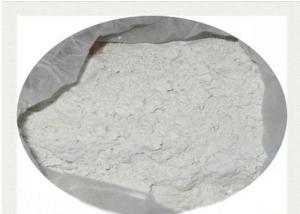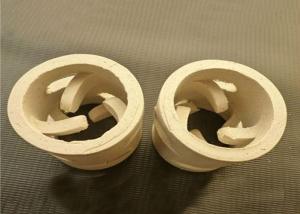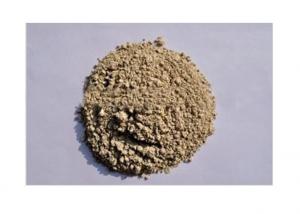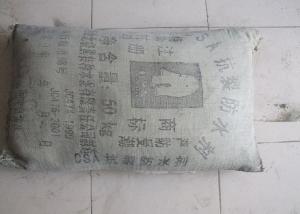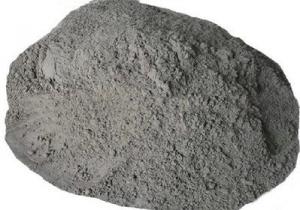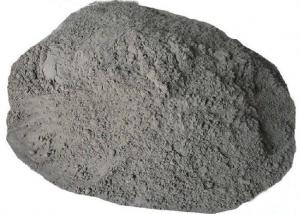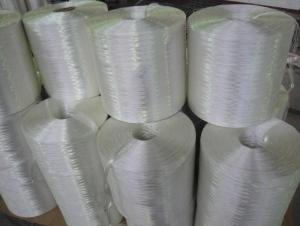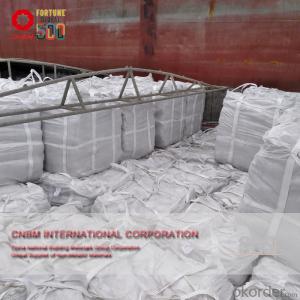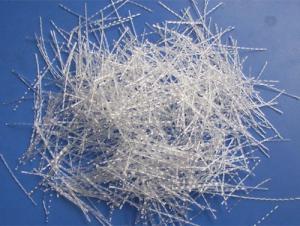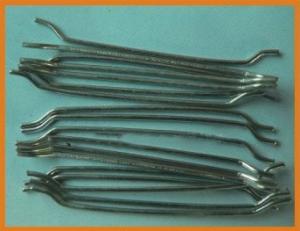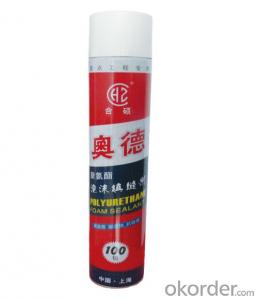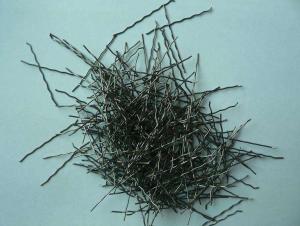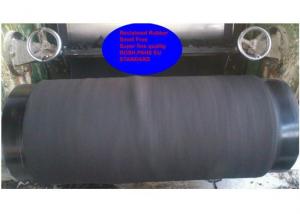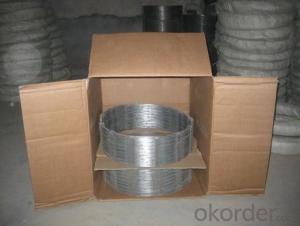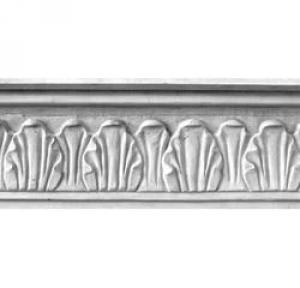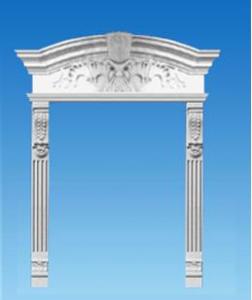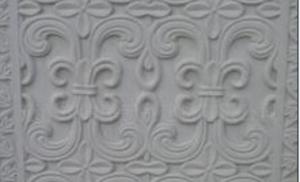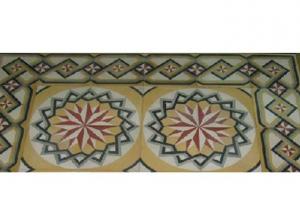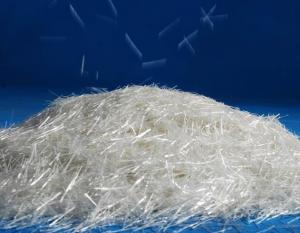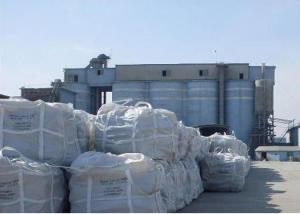High Quality Rigid Polymer Fiber
- Loading Port:
- Qingdao Port
- Payment Terms:
- TT or L/C
- Min Order Qty:
- 3000 Kgs kg
- Supply Capability:
- 100000 Tons Per Year kg/month
OKorder Service Pledge
OKorder Financial Service
You Might Also Like
Instructions of High Quality Rigid Polymer Fiber:
The High Quality Rigid Polymer Fiber uses polypropylene as its raw material. It is a substitute for steel fiber in the reinforcement of cement concrete and crack resistant. Compared with steel fiber, it has the advantage of easy dispersing and blending, no damage to the mixing equipments, high break strength, strong bondability, etc.
Technical Data of High Quality Rigid Polymer Fiber:
Equivalent Dia(mm): Ø 0.3±0.05
Strand Length(mm): 20,30,54
Density(g/cm 3 ): 0.91
Elastic Modulus (MPa): >3500
Shape: bundle-like and twisted
Tensile strength(%): 8-15
Break Strength(MPa): ≥ 350
Resistance to acid,alkali: strong
Features of High Quality Rigid Polymer Fiber:
1. Ration design of the fiber concrete
The recommended volume for concrete is more than 2.7kg /m 3 ( volume ratio is 0.3% ) , reinforcement adding amount is 5.5kg , Compared with adding 47kg of steel fiber, 5.4kg polymer fiber has the same volume ratio to the concrete.
2. length
50mm for common crack-resistant requirement.
3. Matching Ratio
Usually, it is no need to change the matching ratio of the concrete.
Considering the requirement of fissure-resistant, the polymer fiber is recommend to combine with the polypropylene fiber mesh with the volume ratio of 1:1( 0.9kg fiber-mesh to per sqm of cement concrete).
4. Mixer Adoption
Double-axle horizontal compelling mixer is priority.
5. Mixing process
Crushed stones, fibers and sands are put into the mixer in succession. After stirring for two minutes, fiber will fully disperse and then add cement, water and stir normally. The addition materials also can be put into as common concrete, but the stirring time should be properly prolonged to make fiber completed mixed.
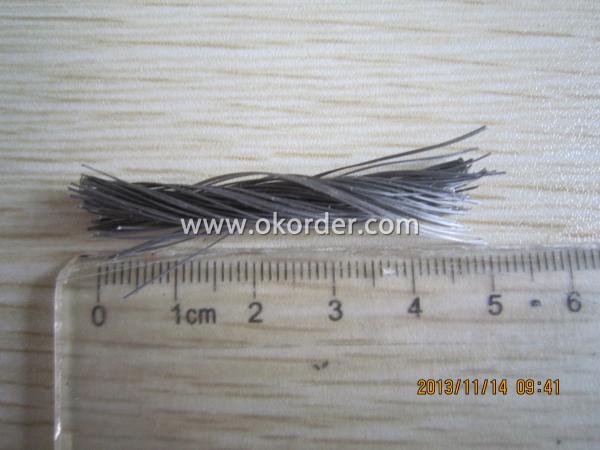
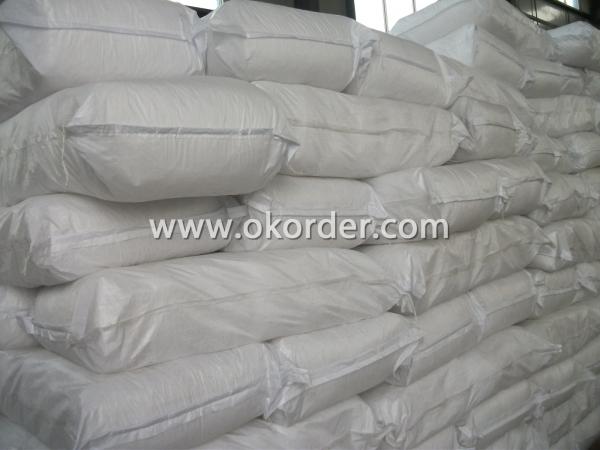
- Q: i need help hopefully someone can answer before wensday
- A cement is a binder, a substance that sets and hardens independently, and can bind other materials together. it was made from crushed rock with burnt lime as binder. Cement (as in Portland type cements) is made by heating limestone to 1450 degrees C, then grinding the result into fine powder and adding a small amount of clay. When mixed with sand, stones, or other aggregates, the result is concrete. Cement hardens by hydration, absorption of water, and not by drying. Chemical Formula for cement i think its 3CaO SiO2 Go to this link... this may help you to find you a better answer elearning.vtu.ac.in/Programme%2016/ENotes/ConcreteTechnology/Unit1-RVR/Unit1-L2-RVR.pdf
- Q: I have a very ugly cement backyard area, were the homeowners before me thought it was cool to put orange, red and yellow tennise court paint down and now thats chipping away it is really ugly. So can I just lay stone tile down to make it look better or what can I do. The cement is probly 25 years old no cracks that I can see their is one corner that is lower then the rest mybe from settling maybe from a lazy DIY'er.
- What part of the county do you live? I ask because the freeze/thaw cycle might be a major source of trouble later. If water penetrates under the tile, into the grout, and freezes in the winter as it does here in MO, the tile will pop off. If you are lucky enough to live in a southern state, it shouldn't be a problem. Remove the paint first. Rent a power washer, it will help!
- Q: We recently replaced a basement window and the window was slightly smaller than the last one. Therefore we had to add pieces of wood to the frame to make the window fit properly. When the original window was done they used quickset to protect the window frame on the outside from the elements of the weather (where the frame would have been exposed). Should I do the same? Or should I try some type of molding?Thanks!
- if the general surface is in good condition but with cracks, may be consider cleaning out the cracks and filling with mastic, rather than sand and cement, if there is any pattern in the render see if you can match it with the mastic (which will allow some movement) then when it is painted it will look all the same. worth thinking about, it would still be waterproof and cost less in materials labour and time.
- Q: one that holds the best but not messy to work with
- Blind Nailing Cement is the best choice. It is similar to roof cement, but has been thinned so that you can apply it with a brush. Nearly any asphalt based roof cement has the potential to be very messy, but with some care, you can minimize the mess. Be sure to get a brush designed for applying the blind nailing cement.
- Q: I have a brick fireplace that has been painted a really ugly color by the previous owners. I'm not sure if I should persue the tedious task of re-painting all the bricks , or if there is something I can cover it with. A friend suggested cement board...???... Is this the only product or is there another that would also work??
- Well cement board is for setting tile or stone, so if thats the case, you could tile right over the existing bricks so long that they are flat. If not, they can be skim coated with some thinset to achieve a nice setting surface.
- Q: is it eaiser to hire somebody?
- I think it will be the best option for you to get an estimate from a professional to do the job. Watch him do the job and you will be able to do-it-yourself next time.
- Q: I have got some chemistry prep and one of the question are ' How do u make cement ? ' Please could you help ! thanks :)
- look up Portland cement, it'll say the ratios of compounds needed. more or less just dry mix, add water, mix some more = cement.
- Q: Im trying to level my floor with self levelling cement. I know its supposed to be runny but i may have put too much water on it. Unfortunately i already dumped it on the floor. Will it eventually dry up.
- If you added too much it will flake when you step on it. If this is the case it won't be any fun to remove, but it will come up easy and you can start again.
- Q: What three substances are mixed with cement to make concrete?
- Sand, gravel and water.
- Q: I am putting tile on the wall in my bathroom (not in the shower), do i have to put cement board behind it?or can i just leave the drywall that is already there?
- This Site Might Help You. RE: Do i have to put cement board behind tile on the wall? I am putting tile on the wall in my bathroom (not in the shower), do i have to put cement board behind it? or can i just leave the drywall that is already there?
1. Manufacturer Overview
| Location | Shanxi, China |
| Year Established | 1982 |
| Annual Output Value | Above US$ 30 Million |
| Main Markets | 20.00% North America 20.00% South America 10.00% Eastern Europe 10.00% Southeast Asia 10.00% Northern Europe 10.00% South Asia 10.00% Western Europe 5.00% Africa 5.00% Mid East |
| Company Certifications | ISO9001:2000 |
2. Manufacturer Certificates
| a) Certification Name | |
| Range | |
| Reference | |
| Validity Period |
3. Manufacturer Capability
| a) Trade Capacity | |
| Nearest Port | Shanghai Port, China |
| Export Percentage | 41-50% |
| No.of Employees in Trade Department | 20-30 People |
| Language Spoken: | English; Chinese; |
| b) Factory Information | |
| Factory Size: | Above 50,000 square meters |
| No. of Production Lines | Above 10 |
| Contract Manufacturing | Design Service Offered; Buyer Label Offered |
| Product Price Range | High; Average |
Send your message to us
High Quality Rigid Polymer Fiber
- Loading Port:
- Qingdao Port
- Payment Terms:
- TT or L/C
- Min Order Qty:
- 3000 Kgs kg
- Supply Capability:
- 100000 Tons Per Year kg/month
OKorder Service Pledge
OKorder Financial Service
Similar products
Hot products
Hot Searches
Related keywords
